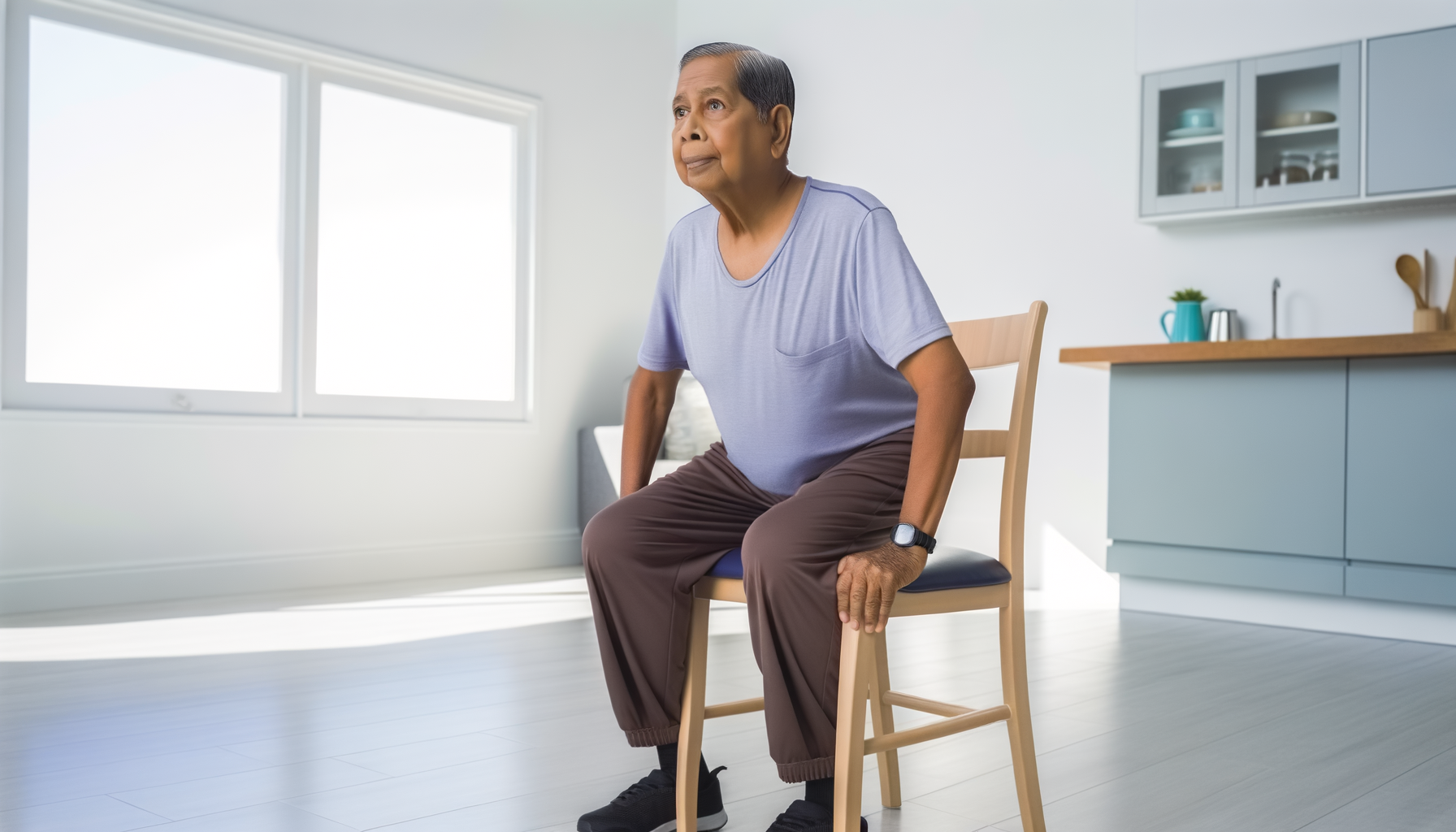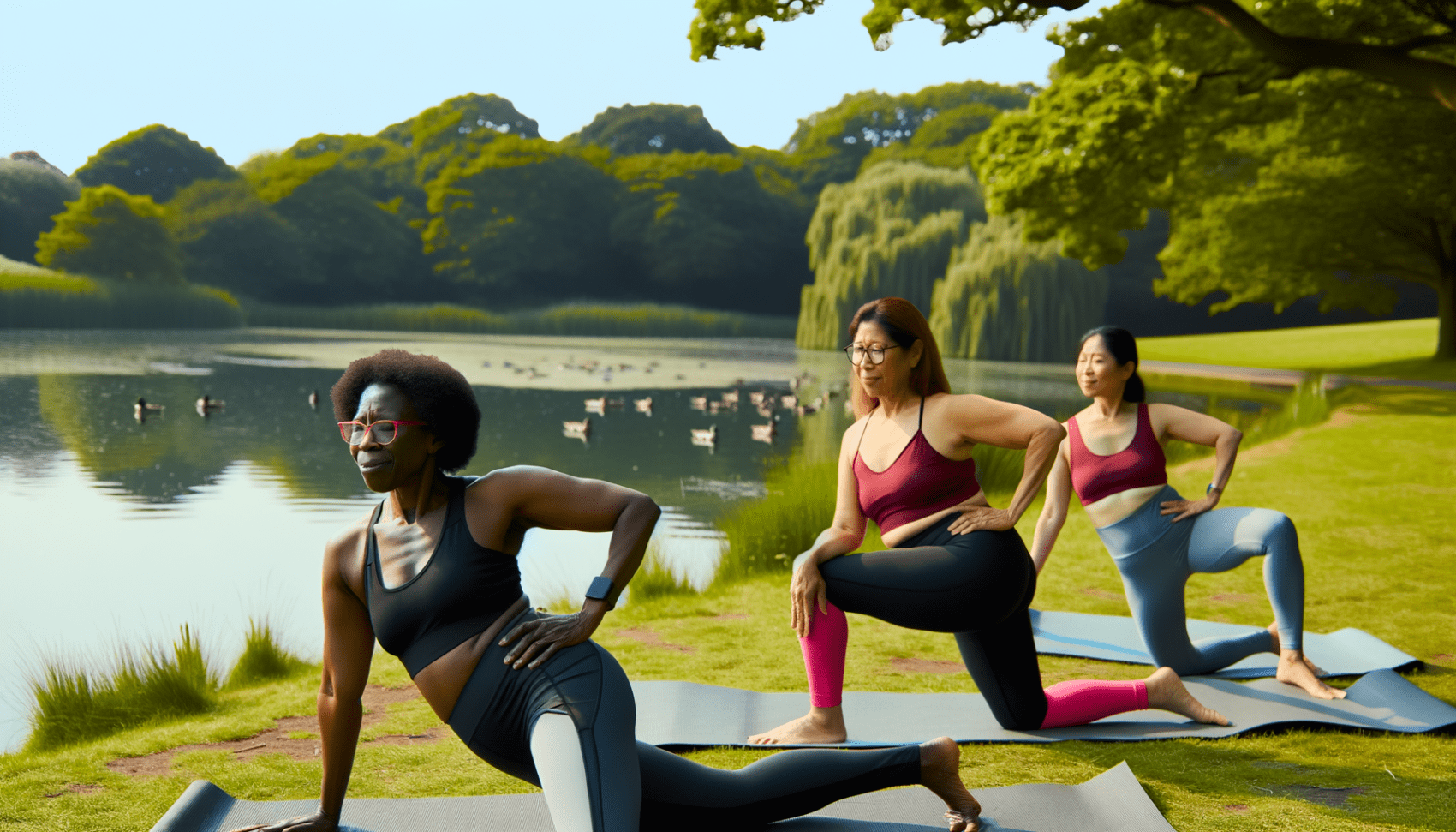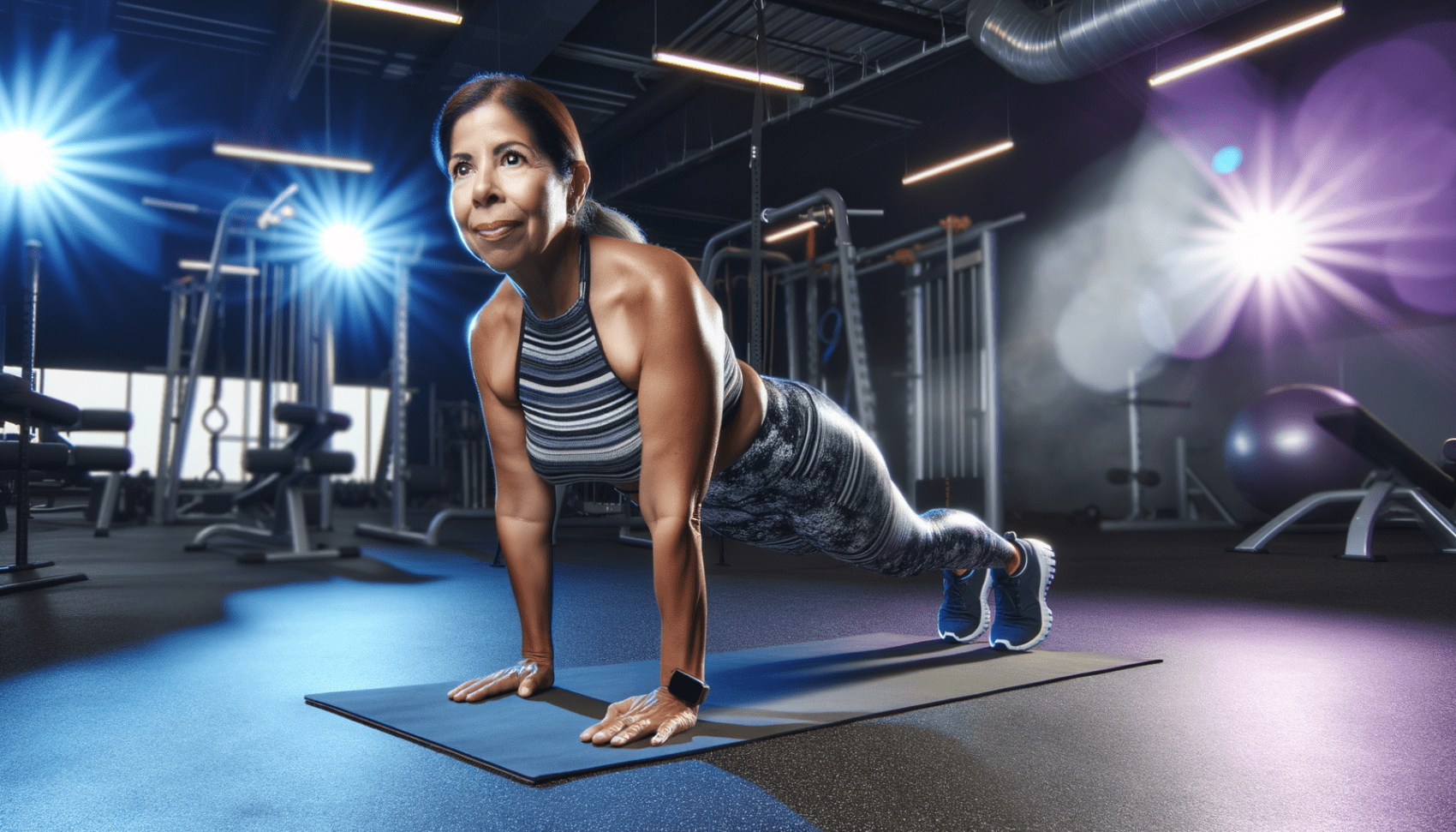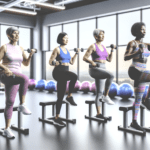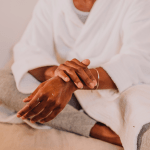Introduction to Fall Prevention
Understanding the Risks of Falls in Older Adults
Falls among older adults are a significant public health concern due to their frequency and the potential for serious consequences. As individuals age, physiological changes such as decreased muscle strength, slower reflexes, and reduced balance can increase the likelihood of falls. The impact of a fall can range from minor bruises to more severe outcomes like fractures, head injuries, and even increased risk of mortality. Beyond physical harm, falls can also lead to a fear of falling, which may cause older adults to limit their activities, leading to reduced mobility and social isolation.
The Role of Exercise in Reducing Fall Risk
Regular physical activity, particularly exercises that enhance balance and strength, plays a crucial role in mitigating the risk of falls. Balance exercises help improve the body’s ability to control and maintain its position, whether moving or still. Strength exercises, on the other hand, contribute to building muscle mass and improving the support around key joints, thereby enhancing stability. Together, these forms of exercise can significantly reduce the incidence of falls by improving the functional abilities that are essential for daily living.
Consulting Healthcare Professionals Before Starting Exercises
Before embarking on any new exercise regimen, it is imperative for older adults to consult with healthcare professionals. This step ensures that the chosen exercises are safe and appropriately tailored to the individual’s health status and physical capabilities. Healthcare providers can offer valuable guidance on starting exercise programs that align with existing health conditions and fall risk factors. Moreover, they can provide recommendations for progressing with exercises and monitoring for any adverse effects, ensuring a safe and effective approach to fall prevention.
Fundamentals of Balance and Strength Training
Components of Balance Training
Balance training is a critical aspect of fall prevention in older adults. It involves exercises that challenge the body’s ability to maintain its center of gravity over its base of support. Static balance exercises begin with maintaining a stable position, such as standing on one leg or holding a tandem stance. As proficiency improves, dynamic balance exercises are introduced, which involve controlled movements that disturb equilibrium, such as weight shifts or walking heel-to-toe. Proprioceptive exercises, which enhance the body’s awareness of joint position, are also integral, including activities on uneven surfaces or with eyes closed.
Key Principles of Strength Training
Strength training is essential for maintaining muscle mass, bone density, and joint health, all of which contribute to fall prevention. The key principles include progressive overload, where the resistance or difficulty of exercises is gradually increased. Specificity dictates that exercises should target muscle groups most relevant to balance and stability, such as the core, quadriceps, hamstrings, and ankle muscles. Recovery is also crucial, as older adults may require more time to recuperate between sessions. Lastly, consistency in training is vital for sustained improvements in strength and balance.
How Balance and Strength Interact to Prevent Falls
Balance and strength training are interdependent in preventing falls. Improved strength, particularly in the lower body, enhances an individual’s ability to perform balance exercises and react to disturbances in stability. Conversely, balance training can improve neuromuscular coordination, which aids in the effective recruitment of muscles during strength exercises. Together, these training components develop a synergistic effect that enhances overall postural control, reduces the likelihood of falls, and contributes to the confidence and independence of older adults.
Safety Tips: It is important to ensure exercises are performed in a safe environment, with sturdy support available if needed. Additionally, exercises should be tailored to the individual’s current fitness level to prevent injury and encourage adherence.
Balance Exercises for Stability
Starting with Basic Stance Exercises
For older adults, initiating balance training with basic stance exercises is a safe and effective way to begin improving stability. These exercises lay the foundation for more complex movements and can be performed with minimal risk. A simple starting point is the feet-apart stance, where one stands with feet about shoulder-width apart, maintaining the position for 10 to 30 seconds. As confidence and balance improve, progress to the feet-together stance, which narrows the base of support and increases the challenge. The ultimate goal is to hold these positions with minimal swaying or support, working up to 30 seconds.
Progression to Dynamic Balance Activities
Once basic stances are mastered, introducing dynamic balance activities helps to simulate real-life scenarios where balance is challenged. Weight shifting from side to side and one-legged balancing are excellent exercises to enhance proprioception and stability. These activities can be performed by lifting one foot slightly off the ground and holding the position for up to 30 seconds before switching sides. For those who are unsteady, using a wall, countertop, or sturdy chair for support is recommended.
Advanced Balance Challenges
For those ready to take their balance training to the next level, advanced challenges such as heel-toe walking and standing marches can be incorporated. Heel-toe walking, where one places the heel of one foot directly in front of the toes of the other, mimics the precision required for safe ambulation. Standing marches, lifting the knees high, can also improve coordination and leg strength. These exercises should be performed in a safe environment, with support available if needed.
Safety Tips During Balance Exercises
- Ensure a Safe Environment: Clear the area of any potential trip hazards and have a sturdy chair or countertop nearby for support.
- Use Assistive Devices: Initially, use walls or furniture for balance. As strength and confidence grow, gradually reduce the level of support.
- Have Supervision: Especially in the early stages of balance training, exercising with a companion or caregiver can provide additional safety.
- Listen to Your Body: If any exercise causes pain or discomfort, stop immediately and consult with a healthcare professional.
- Wear Proper Footwear: Shoes with non-slip soles can prevent slipping and provide a stable base for exercises.
By incorporating these balance exercises into a regular routine, older adults can significantly reduce their risk of falls and maintain their independence. Always remember to progress at a comfortable pace and prioritize safety above all else.
Strength Exercises to Build Muscle and Support
Lower Body Strength: Sit-to-Stand Exercise
Lower body strength is crucial for activities like walking, climbing stairs, and getting up from a chair. The sit-to-stand exercise is a fundamental movement that targets the muscles of the thighs, hips, and buttocks. To perform this exercise:
- Sit on a sturdy chair with feet flat on the ground and scoot forward to the front of the seat.
- Lean forward slightly and push through your heels, engaging your glutes as you rise to a standing position.
- Slowly lower yourself back to the starting position without using your hands. Repeat for 10 repetitions, aiming for two sets per day.
For added challenge, hold hand weights to incorporate resistance as you progress.
Upper Body Strength: Importance and Exercises
Upper body strength supports daily tasks such as lifting groceries and maintaining posture. To build strength in the upper body:
- Wall Push-Ups: Stand facing a wall, place your hands flat against it, and perform push-ups to work the chest and arms.
- Arm Curls: Using light weights or household items, perform bicep curls to strengthen the front of the arms.
- Tricep Dips: Using a stable chair, place your hands on the seat and lower your body to work the back of the arms.
Start with a few repetitions and gradually increase as your strength improves.
Core Strength: Exercises for Stability
A strong core is essential for balance and stability. Core exercises can be done seated or standing:
- Seated Twists: Sit upright and gently rotate your torso from side to side.
- Pelvic Tilts: While seated or standing, tilt your pelvis forward and back to engage the lower abdominal muscles.
- Standing Marches: Lift your knees one at a time as high as comfortable, engaging your core to maintain balance.
These exercises can be performed daily, with the goal of increasing duration and intensity over time.
Incorporating Resistance for Advanced Training
As strength improves, adding resistance can further enhance muscle development and support. Consider:
- Elastic Bands: Use resistance bands for exercises like leg presses or arm extensions.
- Hand Weights: Incorporate light dumbbells into your routine for added resistance during curls or lifts.
- Weighted Vests: Wear a weighted vest during walking or standing exercises to increase the challenge.
Always ensure proper form and consult with a healthcare professional before adding resistance to your exercises.
Remember, consistency is key in building and maintaining strength. Aim to integrate these exercises into your daily routine, and gradually increase the difficulty as your fitness level improves. With dedication, you can significantly reduce your risk of falls and maintain your independence.
Creating a Safe Exercise Environment
Preparing Your Space: Eliminating Hazards
Before engaging in any balance or strength exercises, it is essential to prepare a safe environment that minimizes the risk of falls. Start by ensuring the exercise area is free of clutter and potential tripping hazards such as loose rugs, electrical cords, or unnecessary furniture. Good lighting is crucial to prevent falls, so make sure the space is well-lit. If you’re using an exercise mat, it should be secured firmly to the floor to prevent slipping. Additionally, keep a sturdy chair or countertop within reach to provide support if needed.
Using Assistive Devices and Support Surfaces
Assistive devices can be a valuable addition to your exercise routine, offering stability and support. Use a sturdy chair for seated exercises or as a handhold for standing exercises. If balance is a concern, consider using a walker or cane. For exercises that require lying down, a firm exercise mat is preferable to a bed or couch, as it provides a stable surface that supports proper body alignment. When progressing to more challenging exercises, having a grab bar installed in the exercise area can provide additional safety.
The Importance of Supervision During Exercise
Supervision during exercise is crucial, especially for those who are at a higher risk of falling or who have recently experienced a fall. Having a caregiver, family member, or healthcare professional present can provide immediate assistance if you become unsteady or experience difficulty. They can also offer encouragement and ensure that exercises are performed correctly, which is vital for preventing injuries and falls. If in-person supervision is not possible, consider arranging for remote supervision through a video call.
Remember, safety should always be the top priority when exercising. By taking the time to prepare your space, using assistive devices appropriately, and ensuring supervision, you can create a safe and supportive environment that encourages regular exercise and contributes to fall prevention.
Additional Preventative Measures Beyond Exercise
Medication Management and Fall Risk
Medication management is a critical aspect of fall prevention in older adults. Certain medications, particularly those that affect the central nervous system such as sedatives, antidepressants, and antihypertensives, can increase the risk of falls due to side effects like dizziness, hypotension, and impaired cognition. It is essential for healthcare providers to regularly review and adjust medication regimens to minimize these risks.
- Regular Medication Reviews: Older adults should have their medications reviewed periodically by a healthcare professional to ensure that dosages are appropriate and that the benefits outweigh the risks.
- Alternative Treatments: Where possible, non-pharmacological treatments should be considered to reduce reliance on medications that increase fall risk.
- Education: Patients should be educated about the potential side effects of their medications and the importance of taking them exactly as prescribed.
Home Safety Assessments
Environmental factors play a significant role in the risk of falls. Conducting home safety assessments can identify and mitigate potential hazards.
- Eliminate Tripping Hazards: Remove loose rugs, clutter, and ensure that cords are secured away from walkways.
- Improve Lighting: Install adequate lighting, particularly in hallways, staircases, and bathrooms.
- Install Grab Bars and Handrails: These should be placed in key areas such as the bathroom and along staircases to provide support.
- Non-Slip Surfaces: Use non-slip mats in the bathroom and kitchen to prevent slips on wet surfaces.
The Importance of Reporting Falls to Healthcare Providers
Reporting falls to healthcare providers is crucial, even if no injury occurred. Each fall can provide valuable information that may help prevent future incidents.
- Identify Patterns: Reporting falls can help identify patterns or recurring issues that could be addressed to prevent further falls.
- Adjust Care Plans: Information from fall reports can be used to adjust care plans, including exercise programs, medication management, and home safety measures.
- Encourage Open Communication: Creating an environment where older adults feel comfortable reporting falls encourages proactive management of fall risks.
In conclusion, while balance and strength exercises are vital for fall prevention, they should be complemented with comprehensive medication management, home safety assessments, and open communication with healthcare providers about any falls that occur. These additional measures can significantly contribute to reducing the risk of falls and maintaining the independence and well-being of older adults.
Conclusion: Integrating Fall Prevention into Daily Life
Summarizing Key Points on Exercise and Fall Prevention
Fall prevention is a critical concern for older adults, as falls can lead to significant injuries, loss of independence, and even mortality. Research has consistently shown that balance and strength exercises play a pivotal role in reducing the risk of falls among the elderly. Balance training enhances stability and proprioception, while strength training builds the muscle support necessary for maintaining an upright posture and executing daily activities safely. It is essential to recognize that integrating these exercises into daily routines can not only improve physical capabilities but also boost confidence in performing everyday tasks, thereby reducing the fear of falling.
Encouraging Consistency and Persistence
For fall prevention exercises to be effective, they must be performed consistently. Older adults should be encouraged to establish a routine that incorporates balance and strength exercises into their daily lives. This could mean setting aside specific times for exercise or intertwining activities with habitual tasks such as standing on one leg while brushing teeth or performing seated leg extensions while watching television. Persistence is key, and even when progress seems slow, it is crucial to continue exercising as the benefits accumulate over time. Support from healthcare providers, family, and community programs can provide the necessary motivation to maintain a consistent exercise regimen.
Final Thoughts on Maintaining Independence and Safety
In conclusion, integrating balance and strength exercises into the daily lives of older adults is a sustainable approach to fall prevention. It empowers them to take control of their health and maintain their independence. While structured exercise programs are beneficial, the ultimate goal is to make exercise a habitual part of daily living, thus ensuring ongoing engagement and long-term benefits. Healthcare professionals should emphasize the importance of regular exercise and provide guidance on safely incorporating activities into everyday routines. By doing so, older adults can enhance their quality of life, preserve their autonomy, and significantly reduce the risk of falls.

